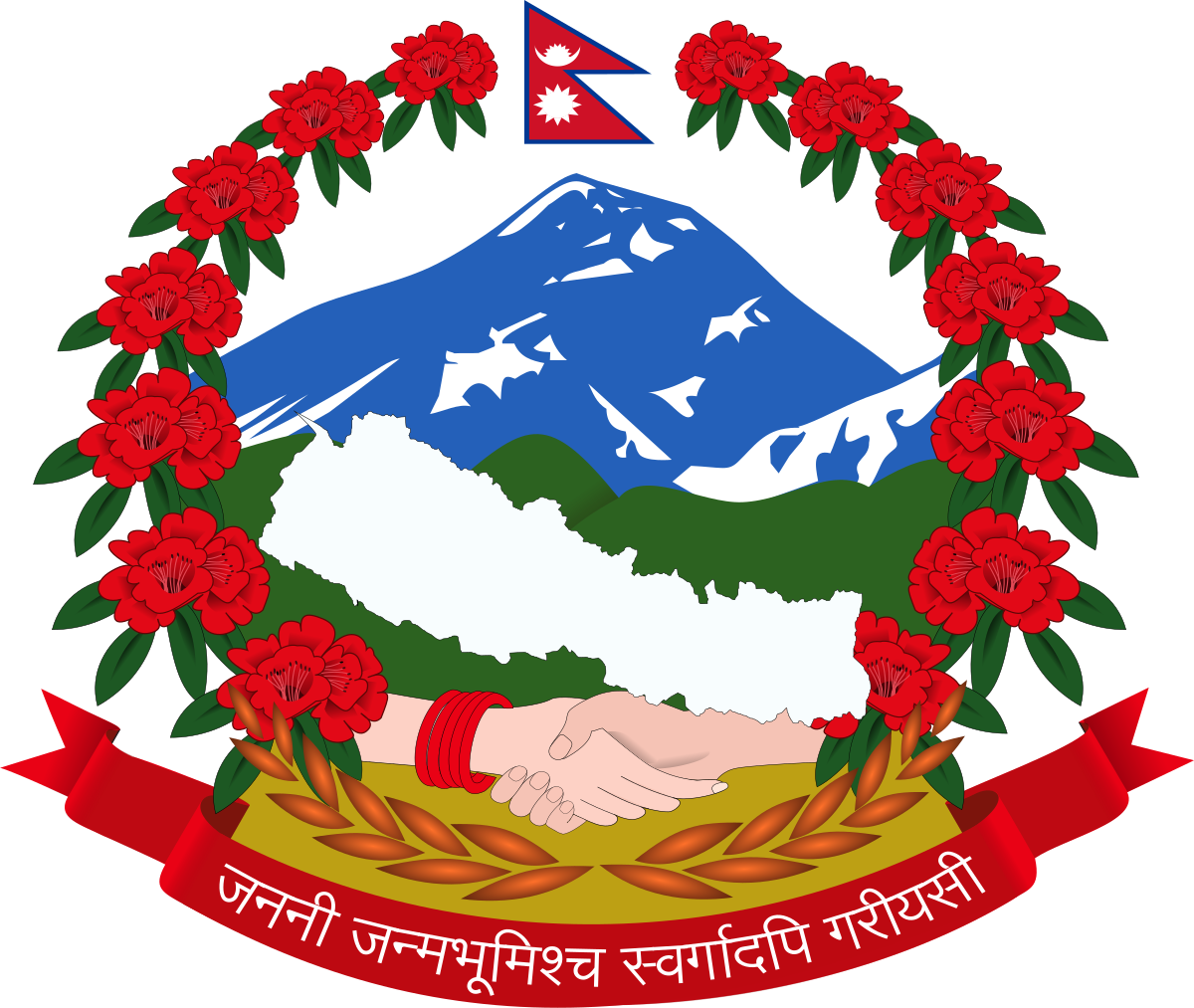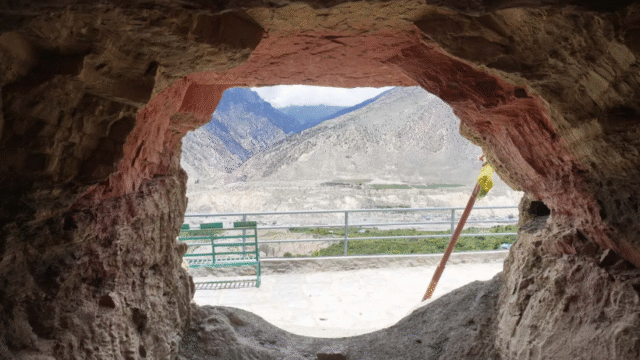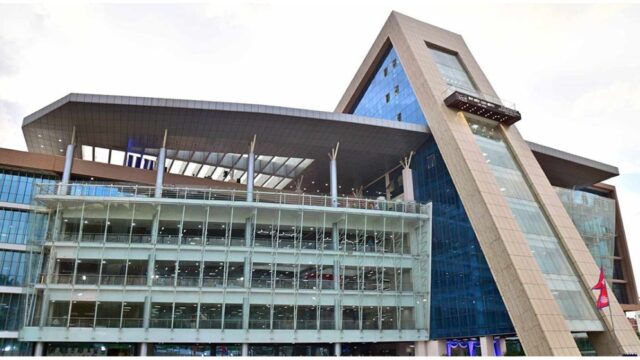Despite its rich cultural heritage and breathtaking natural landscapes, Nepal struggles to compete with other countries in the tourism sector. Several factors contribute to this disparity, including inadequate infrastructure, political instability, limited marketing efforts, and environmental concerns.
One of the primary challenges is the underdeveloped infrastructure. Many of Nepal’s tourist destinations lack proper road networks, reliable transportation, and essential facilities like quality hotels and healthcare services. This makes travel difficult and less appealing to potential visitors. Unlike neighboring countries that have heavily invested in modernizing their tourist infrastructure, Nepal’s progress in this area remains sluggish.
Political instability has also played a significant role in deterring tourists. Frequent changes in government, political protests, and strikes create an unpredictable environment that discourages international visitors. Safety concerns arising from political unrest further tarnish Nepal’s image as a secure travel destination.
Moreover, Nepal’s marketing efforts are insufficient compared to its competitors. Countries like Thailand, Malaysia, and India have aggressive and well-funded tourism promotion campaigns that reach a global audience. In contrast, Nepal’s promotional activities are often limited in scope and fail to highlight the country’s unique attractions effectively. This lack of visibility means many potential tourists are unaware of Nepal’s diverse offerings, from trekking in the Himalayas to exploring ancient cultural sites.
Environmental degradation poses another significant issue. Nepal’s natural beauty is one of its main draws, but increasing pollution, deforestation, and poor waste management threaten to undermine this appeal. Popular trekking routes and tourist spots are often littered with garbage, diminishing the overall experience for visitors. While there have been initiatives to address these problems, more comprehensive and sustained efforts are needed.
The lack of skilled human resources in the tourism sector further exacerbates these problems. Inadequate training and education for those working in hospitality and tourism services result in subpar service quality. This affects the overall tourist experience and can lead to negative reviews and decreased repeat visits.
Lastly, bureaucratic hurdles and inefficiencies also impede tourism development. The process for obtaining permits, licenses, and other necessary documentation can be cumbersome and time-consuming for tourists and business operators alike. Streamlining these processes and reducing red tape could significantly enhance the ease of doing business in the tourism sector.
To address these issues, a multi-faceted approach is required. Investing in infrastructure development, enhancing political stability, launching aggressive marketing campaigns, improving environmental conservation efforts, and providing better training for tourism professionals are crucial steps. Additionally, simplifying bureaucratic processes will create a more tourist-friendly environment.
By tackling these challenges head-on, Nepal can unlock its full potential as a premier tourist destination, leveraging its unique cultural and natural assets to attract visitors from around the world.






